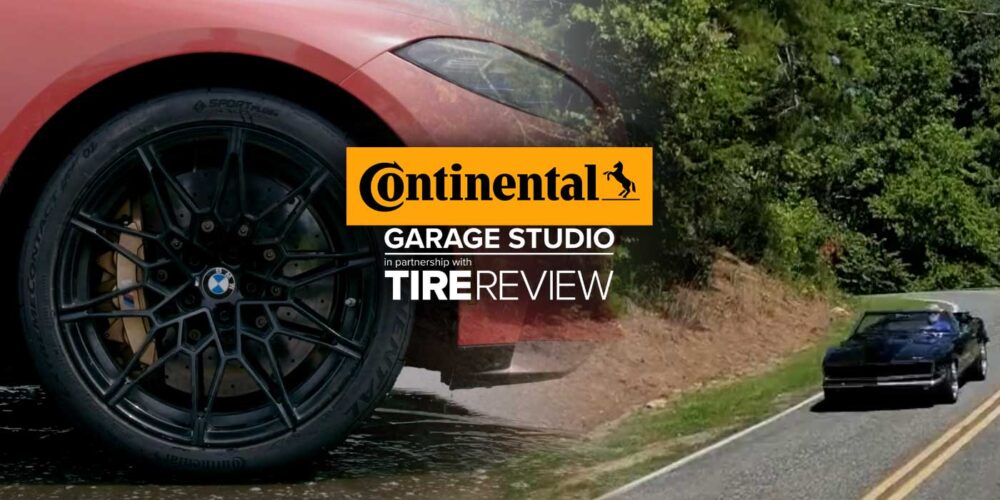Customers with high-performance vehicles are demanding. They expect the best. They pay a premium for their vehicles and want their components—including tires—to perform at the highest level.
But what makes a UHP summer tire fit the need for speed demands of its owners? We identify a few tire technology characteristics in this Tire Review Continental Tire Garage Studio video.
UHP summer tires are expected to perform at higher speeds all while gripping the road and providing superior handling. In general, these tires have softer/stickier compounds that give them maximum traction on the road. But what else makes them the superior tire for speed?
First, UHP tires often use a very high amount of silica in their tread compounds. Additional silica improves wet braking performance without a significant trade-off on wear. When it comes to rubber composition, a summer tire has a physical compound that is intended for temperatures above 40°F. Summer tires tend to have the stickiest compounds, giving them the most grip and best braking performance on wet and dry surfaces.
Second, UHP tires are built with a small apex (or bead reinforcement) along with a stronger sidewall. This will allow the tire and rim to act as one piece and provide precise handling for the car.
Third, UHP summer tires use a much more rigid tread pattern compared to something like a UHP all-season tire. This allows UHP summer tires to achieve high levels of dry braking.
Over the years, technology in UHP summer tires has significantly improved. Summer tires can deliver the shortest stopping distance generation after generation, but as the vehicle landscape changes, this segment will evolve and we’ll just have to wait to see what’s next.
Don’t forget to follow us on Instagram and Facebook and subscribe to our YouTube channel for more tire, service and shop operations videos.













